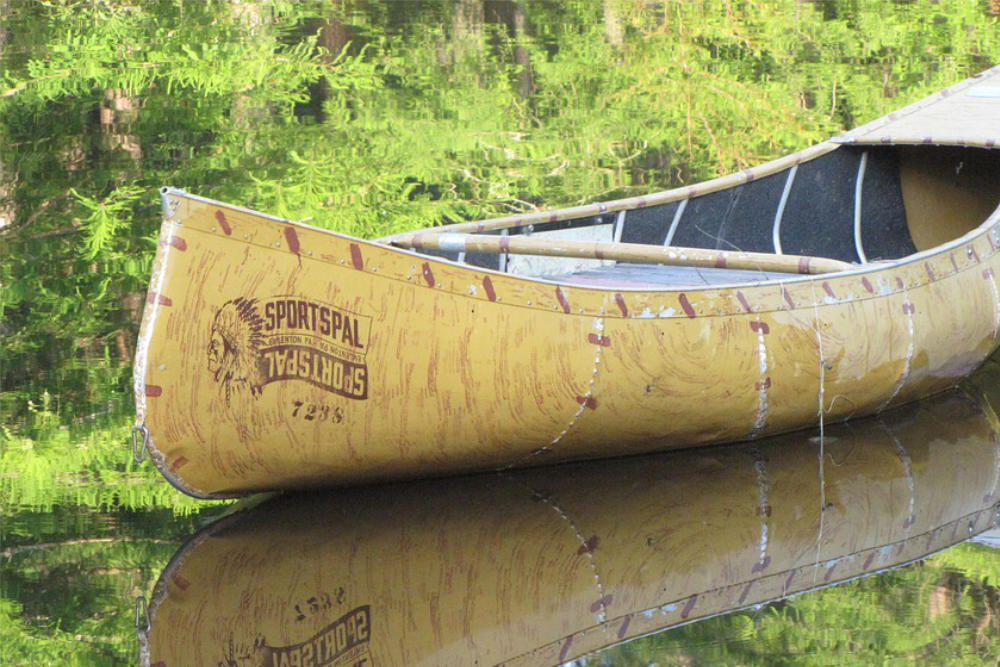
Kayaking & Canoeing
Aquatic Adventure Awaits
Glide through nature's gems
The Lake Huron shoreline and inland lakes offer excellent day trip opportunities. Cyprus Lake and Cameron Lake are easily accessible to paddlers, connected by a picturesque, navigable strait. Keep an eye out for great blue herons and kingfishers.
Emmett Lake has many bays to explore. Take the right fork on Emmett Lake Road directly to the shore, where there is easy lake access, though parking is limited.
Hay Bay is one of the peninsula's loveliest spots, with its many inlets, coves, and islands. Watch for beaver, deer, raccoon, otter, ducks, geese, and blue herons along the shoreline.
The islands at the peninsula's tip are growing in popularity with kayaking enthusiasts. Cove Island and Russell Island offer protected, pristine bays and inlets. Flowerpot Island has six first-come, first-served campsites (register at the Parks Canada Visitor Centre) for overnight kayaking.
Be cautious of the quickly changing moods and strength of Georgian Bay. All the tip's islands are within Fathom Five National Marine Park - check with park staff when planning your trip.
The Niagara Escarpment views from the water are spectacular, but be aware of private landowners along the way. Rentals are available at Cameron Lake, Miller Lake, and in Tobermory.
Emmett Lake has many bays to explore. Take the right fork on Emmett Lake Road directly to the shore, where there is easy lake access, though parking is limited.
Hay Bay is one of the peninsula's loveliest spots, with its many inlets, coves, and islands. Watch for beaver, deer, raccoon, otter, ducks, geese, and blue herons along the shoreline.
The islands at the peninsula's tip are growing in popularity with kayaking enthusiasts. Cove Island and Russell Island offer protected, pristine bays and inlets. Flowerpot Island has six first-come, first-served campsites (register at the Parks Canada Visitor Centre) for overnight kayaking.
Be cautious of the quickly changing moods and strength of Georgian Bay. All the tip's islands are within Fathom Five National Marine Park - check with park staff when planning your trip.
The Niagara Escarpment views from the water are spectacular, but be aware of private landowners along the way. Rentals are available at Cameron Lake, Miller Lake, and in Tobermory.






